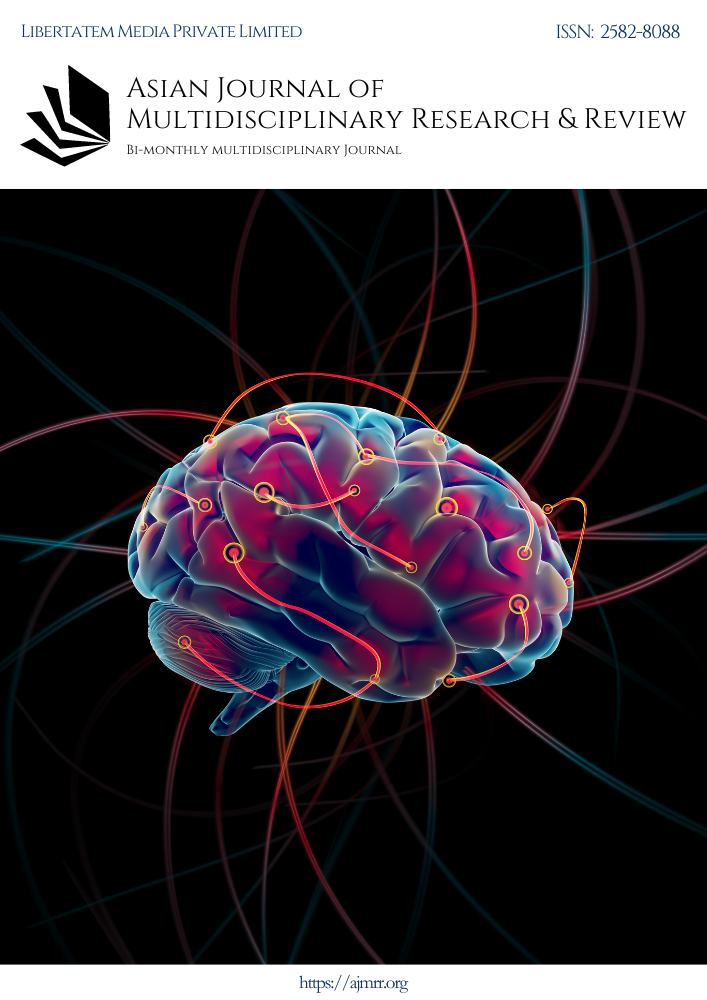THE DEBATE AROUND COLLEGIUM SYSTEM IN INDIA
Abstract
The remark of the current law minister of India, Mr. Kiren Rijiju in Rajya Sabha recently that “a new system of appointment of judges in the higher judiciary is much needed as the prevalent collegium system is opaque and inefficient in filling the vacant posts of judges which has led to a huge pendency of cases”, further the remark of the Vice President India “that the striking down the National Judicial Appointment Act was a severe compromise of Parliamentary sovereignty and disregard of the mandate of people” highlights a true debate regarding fight of primacy in the appointment of judges in the higher judiciary. This debate boils down to the fact as to who should appoint the judges, should the primacy lie into the hands of the executive or the judiciary leading us to the question “Who is Superior” whether it is the executive or is it the judiciary, but the answer to it is not who is superior but why should superiority rest with respect to appointment of judges lie in the hands of judiciary. It is because the Indian Constitution follows the doctrine of separation of powers as propounded by Montesquie, its basic spirit is that executive, legislature and the judiciary are superior in their own sphere and no one should usurp upon the powers of another maintaining a system of checks and balances in the governance of the country. Hence the collegium system is responsible to appoint judges to the higher judiciary in India today.
Downloads
Downloads
Published
Issue
Section
License

This work is licensed under a Creative Commons Attribution-NonCommercial-ShareAlike 4.0 International License.
License Terms
Ownership and Licensing:
Authors of research papers submitted to the Asian Journal of Multidisciplinary Research & Review (AJMRR) retain the copyright of their work while granting the journal certain rights. Authors maintain ownership of the copyright and grant the journal a right of first publication. Simultaneously, authors agree to license their research papers under the Creative Commons Attribution-ShareAlike 4.0 International (CC BY-SA 4.0) License.
License Permissions:
Under the CC BY-SA 4.0 License, others are permitted to share and adapt the work, even for commercial purposes, as long as proper attribution is given to the authors and acknowledgment is made of the initial publication in the Asian Journal of Multidisciplinary Research & Review. This license allows for the broad dissemination and utilization of research papers.
Additional Distribution Arrangements:
Authors are free to enter into separate contractual arrangements for the non-exclusive distribution of the journal's published version of the work (e.g., posting it to institutional repositories or publishing it in books), provided they acknowledge the initial publication of the work in the Asian Journal of Multidisciplinary Research & Review.
Online Posting:
Authors are encouraged to share their work online (e.g., in institutional repositories or on personal websites) both prior to and during the submission process to the journal. This practice can lead to productive exchanges and greater citation of published work.
Responsibility and Liability:
Authors are responsible for ensuring that their research papers do not infringe upon the copyright, privacy, or other rights of any third party. The Asian Journal of Multidisciplinary Research & Review disclaims any liability or responsibility for any copyright infringement or violation of third-party rights in the research papers.



